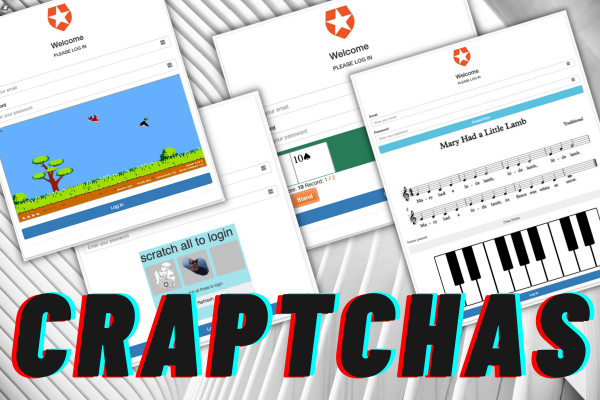
Photo by Miguel Gonzalez.

If you’re thinking “Hey! I thought you worked at Auth0!”, that’s because Okta acquired Auth0 in May 2021. I work in the part of Okta that makes the Auth0 product.
My third anniversary at this job is coming soon — October 19th. For those interested in the story of how I landed this gig, see my article from October 2020: How I landed my job at Auth0.
I’ll be in San Francisco’s Moscone Center West at Oktane, which runs from Tuesday, October 3 through Thursday, October 5, and I’ll help run a developer booth on Developer Day, which happens on the Thursday. It’ll be in San Francisco at Moscone Center (Moscone West, to be precise). If you’re planning on attending, let me know — I’d love to catch up!

What is Oktane?
Oktane is Okta’s big annual conference, where the subject matter is all things related to digital identity.
If you’re a reader of this blog, there’s a good chance that you use at least one of Okta’s two major systems:
- The workforce identity solution, which most people refer to as just “Okta,” to log into the various systems you use for work.
- The customer identity solution, which goes under the brand name “Auth0 by Okta” (or “Auth0” for short), to log into applications as a customer user.
I’ll be there to help demonstrate multifactor authentication with a YubiKey, which you can keep if you try out the process…

…and I’ll also be helping out with the demo where you can try out the Auth0 CLI, which lets you do just about everything you can do on the Auth0 administrative dashboard, but on the command line:
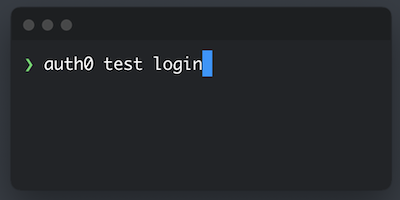
And of course, I’ll have you-know-what with me…


Can you attend Oktane?

Yes, you can, and there are a couple of ways to attend…
If you’re a developer, you’ll probably get the most bang for your buck with the Developer Pass, which sells for a mere US$199. The Developer Pass gives you access to:
- Keynote and luminary speakers presentations
- Expo hall
- The Developer Day event (see below)
- Oktane online sessions
If you want the full in-person experience, you’ll want the Full Conference Pass, which sells for US$699 and gives you access to:
- Keynote and luminary speakers presentations
- Expo hall
- In-person breakout sessions
- Hands-on workshops
- The Wednesday night party
- The Developer Day event (see below)
- Oktane online sessions
And finally, there’s the FREE option — the Oktane Online Pass, which gives you online access to:
- Keynote and luminary speakers presentations
- Oktane online sessions


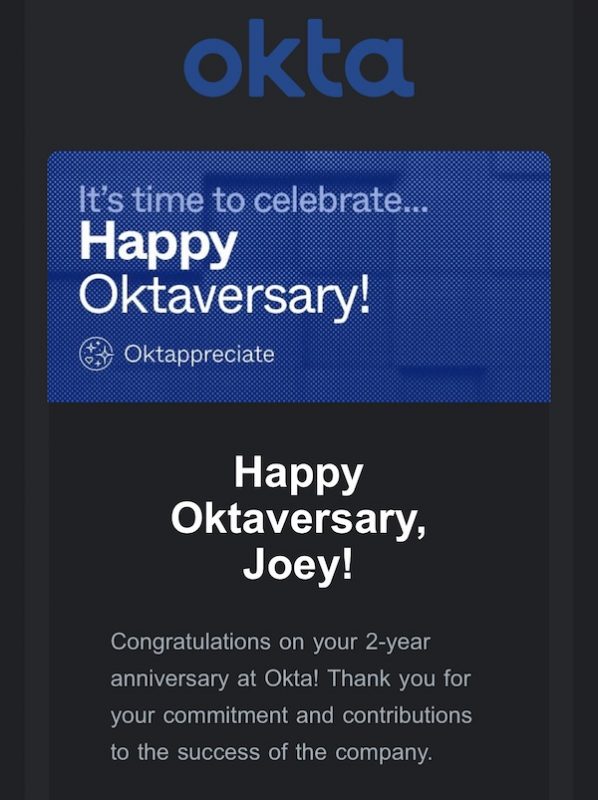

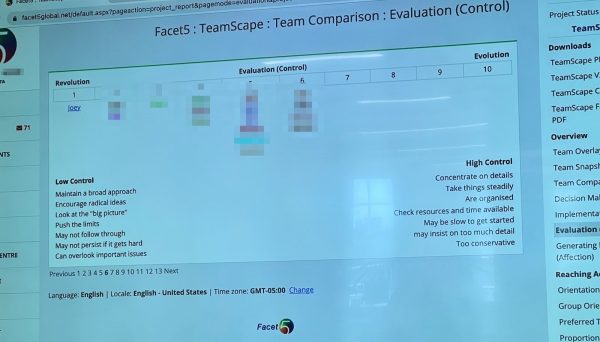

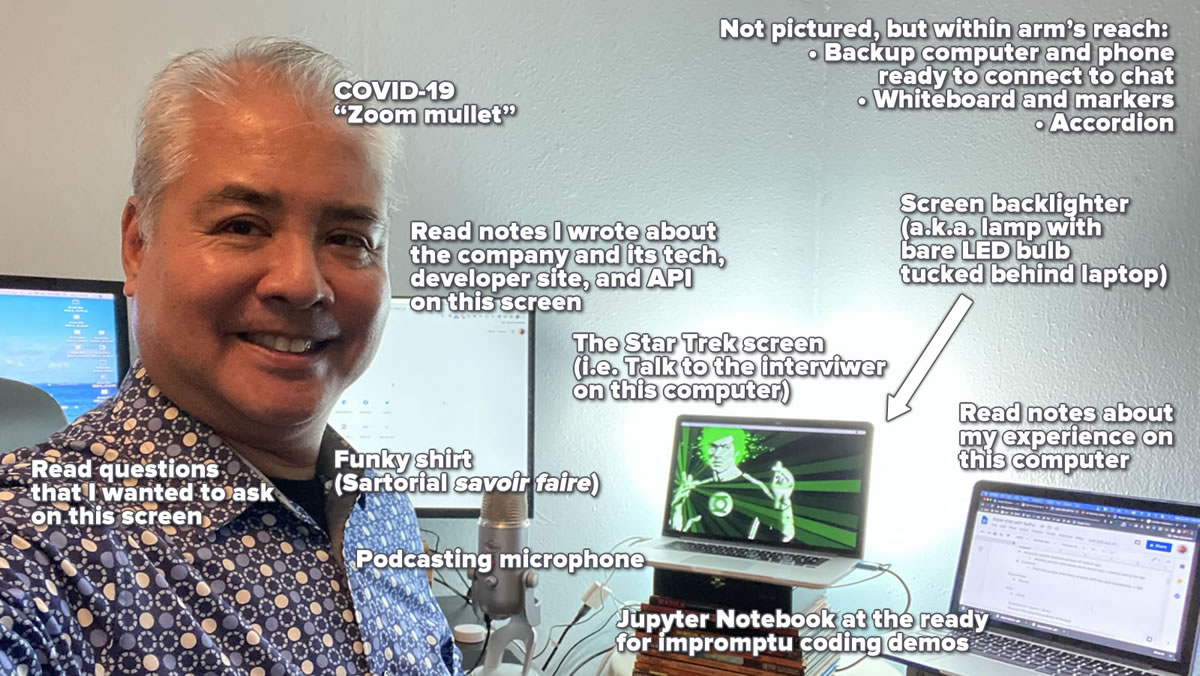


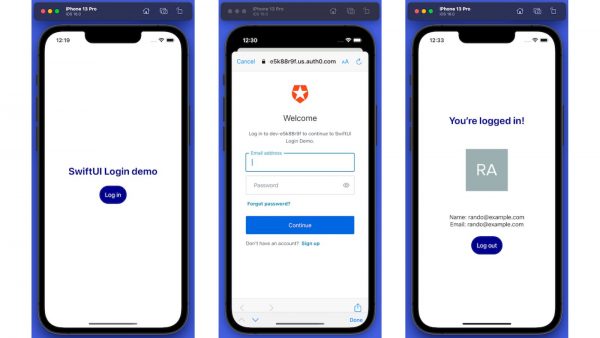
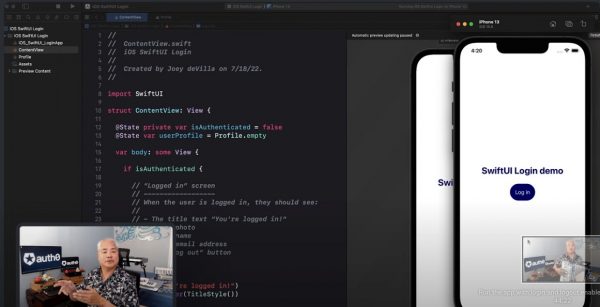
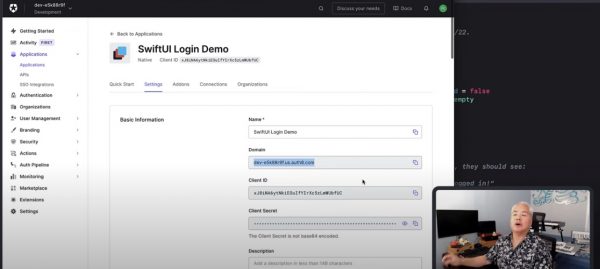
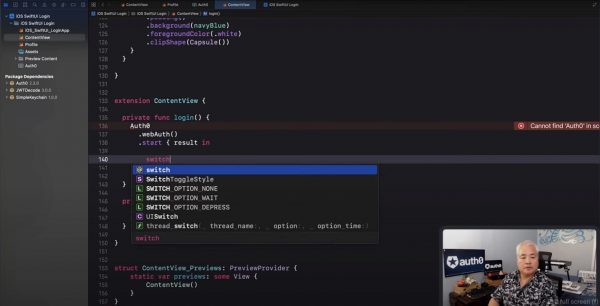
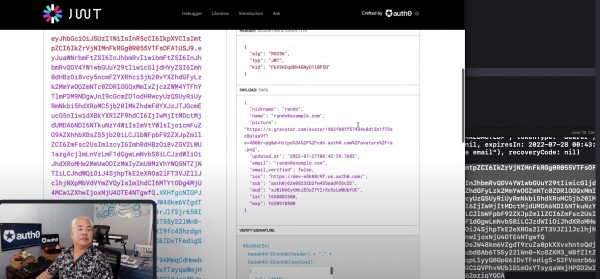



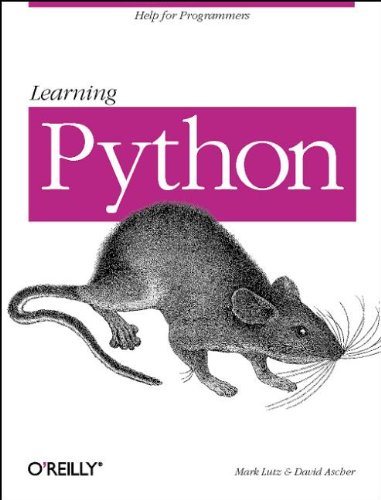

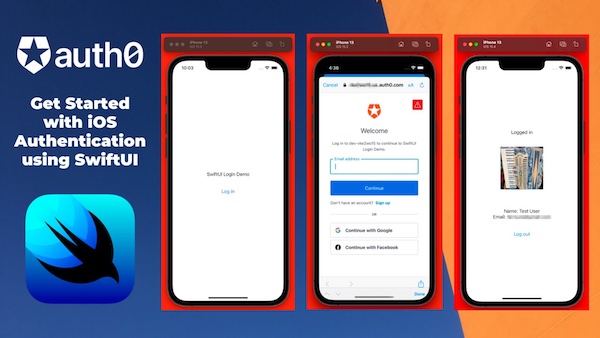

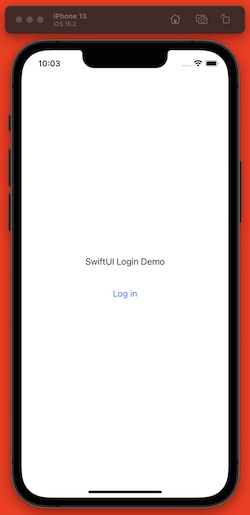
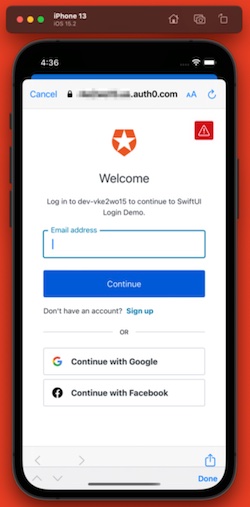
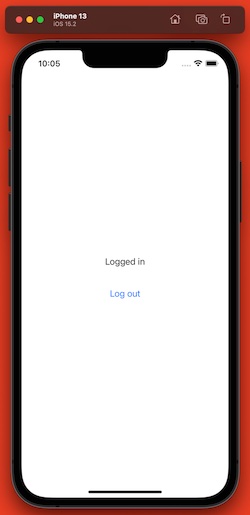
![iOS Simulator screen shot: Screen with title “Logged in”, photo of user, user]s name and email address, and “Log out” button.](https://www.globalnerdy.com/wp-content/uploads/2022/03/logged-in-2.jpg)
